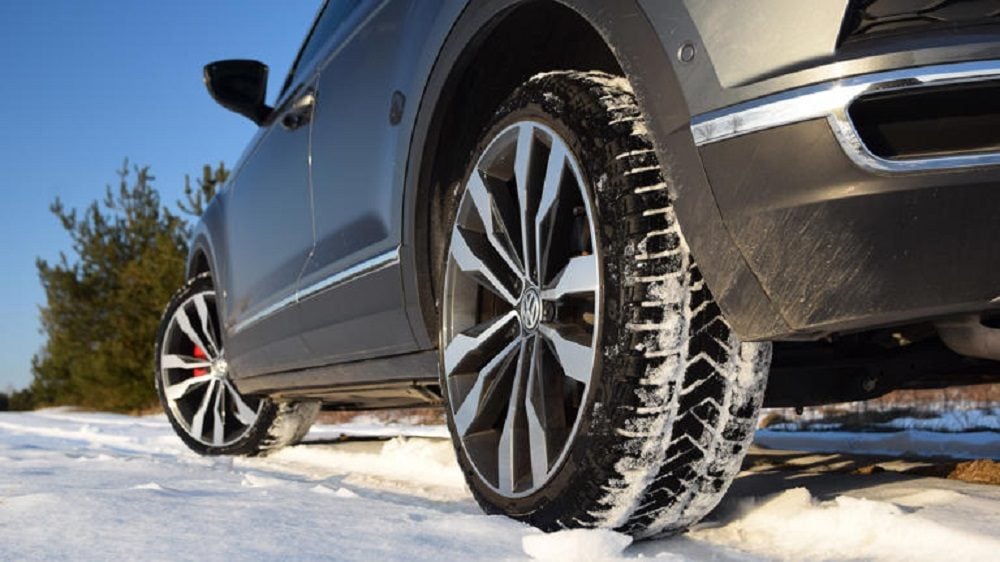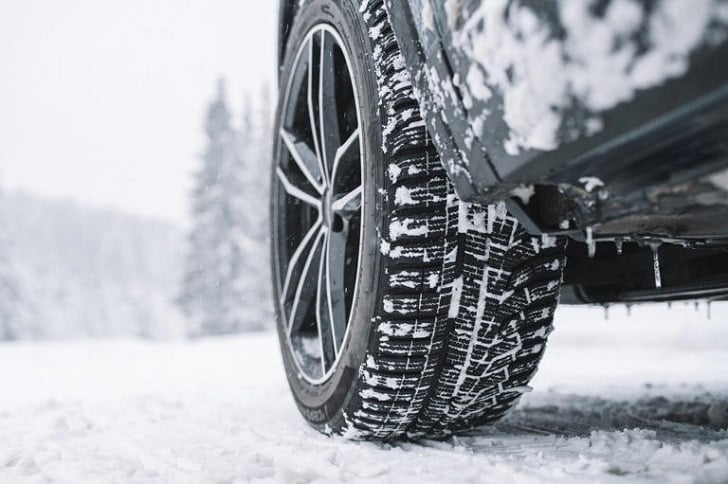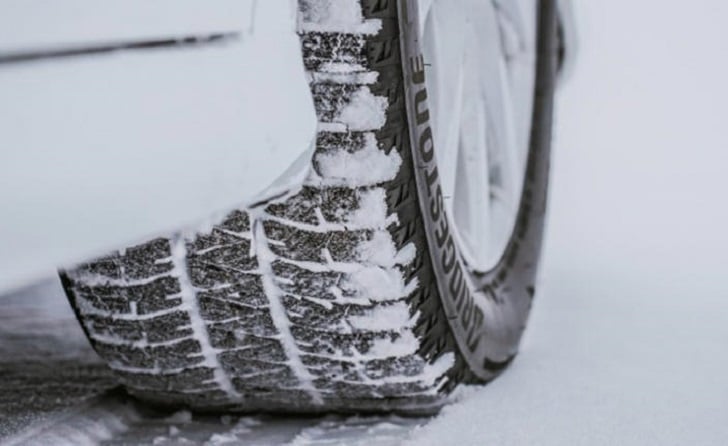
Should You Consider Winter Tires or Stick With All-Season Tires?

Winter tires can significantly enhance road safety during colder months, especially when temperatures consistently drop below 7°C. With their superior grip and handling, these tires offer shorter braking distances and greater stability on icy or snowy roads. However, deciding between winter tires and all-season tires depends on the climate, driving conditions, and personal safety priorities.
How Winter Tires Improve Safety in Cold Weather
Winter tires are engineered specifically for harsh winter conditions. They use a softer rubber compound that stays flexible in freezing temperatures, maintaining grip on icy or wet surfaces. This flexibility ensures better traction, enabling drivers to control their vehicles more effectively.
The tread patterns on winter tires also differ significantly from those on summer or all-season tires. Deeper grooves and specialized sipes channel water, snow, and slush away from the tire’s surface, reducing the risk of aquaplaning and enhancing overall handling. For drivers in areas with frequent frost or snow, winter tires can be a critical safety upgrade.
When Are Winter Tires a Smart Choice
Winter tires are most effective in regions with prolonged cold spells and frequent icy roads. They excel during early morning or late-night drives when frost is most likely to form. Their specialized design ensures reliable performance even on steep, snow-covered roads, making them ideal for drivers in rural or hilly areas.
However, in places where snowfall is rare, the added cost of winter tires may outweigh their benefits. In such cases, drivers may want to evaluate how often they encounter icy or snowy conditions and whether all-season tires can suffice.
Winter Tires vs. All-Season Tires: Key Differences
All-season tires provide a practical compromise for drivers who experience mild winters. These tires combine the features of summer and winter tires, offering dependable performance in moderate conditions without requiring seasonal changes. They are particularly useful in areas where temperatures rarely dip below 7°C.
However, all-season tires cannot match the precision or safety of winter tires in severe cold, snow, or ice. While they handle light frost and occasional snowfall reasonably well, they fall short in extreme winter conditions. Drivers in climates with heavy or frequent snow should prioritize winter tires for added security.

Bob Lacivita | MSN | All-season tires provide a practical compromise for drivers who experience mild winters.
Understanding All-Season Tire Labels
All-season tires often bear markings like “M+S” (mud and snow) or the “3PMSF” symbol (a snowflake inside a mountain). These labels indicate that the tires meet performance standards for light snow and provide moderate cold-weather reliability. Drivers should ensure that their chosen tires align with their region’s typical winter conditions.
All-season tires eliminate the hassle of swapping tires seasonally, making them a cost-effective choice for many. However, their limitations in icy or snow-packed conditions mean they may not suit everyone.
Choosing the Right Tires for Your Needs
Selecting the right tires requires assessing your local climate, driving habits, and safety priorities. For drivers in areas with unpredictable winter weather, winter tires can offer peace of mind and added protection. Conversely, for those in regions with milder winters, all-season tires may provide the convenience and value they need without sacrificing safety.
More inAdvice
-
`
Drivers’ Health is Often Overlooked – Here’s How to Safeguard It
Drivers’ health is often overlooked. Yet, it is the backbone of safe and efficient transportation. Spending long hours behind the wheel...
December 1, 2024 -
`
How to Change Engine Oil at Home in 10 Simple Steps
Maintaining your car’s engine is essential, but taking it to the shop for routine oil changes can be inconvenient and costly....
December 1, 2024 -
`
Expert Tips to Avoid the Most Common Car Insurance Scams
Car insurance scams are costing drivers millions and creating unnecessary stress for victims. These fraudulent schemes are becoming increasingly sophisticated, with...
November 23, 2024 -
`
Nissan’s 2026 EV Set to Revolutionize Home Energy with V2G Technology
Nissan’s upcoming 2026 electric vehicle (EV) lineup promises to introduce groundbreaking vehicle-to-grid (V2G) technology, redefining how EVs interact with home energy...
November 14, 2024 -
`
Are Subsidized Company Cars Blocking EV Growth in Germany?
Germany’s subsidized company car policy, where companies receive tax benefits to purchase vehicles, is significantly impacting the adoption of electric vehicles...
November 8, 2024 -
`
10 Effective Tips for Passing Your Driving Test with Ease
Passing your driving test can seem daunting, but with preparation and confidence, you can achieve success. Each step leading up to...
November 8, 2024 -
`
How to Change a Tire Quickly: 10 Simple Tips for Success
Changing a flat tyre is a vital skill that can save time and hassle. Knowing how to change a tyre quickly...
November 1, 2024 -
`
How to Secure Cheap Car Insurance in Under an Hour
Looking for cheap car insurance can be overwhelming, but the good news is you can secure coverage quickly and affordably. In...
November 1, 2024 -
`
The Ultimate Car Servicing Checklist Every Driver Should Know
Maintaining your vehicle regularly is essential for its performance and longevity. A well-executed car servicing checklist ensures safety, enhances fuel efficiency...
October 25, 2024
















You must be logged in to post a comment Login